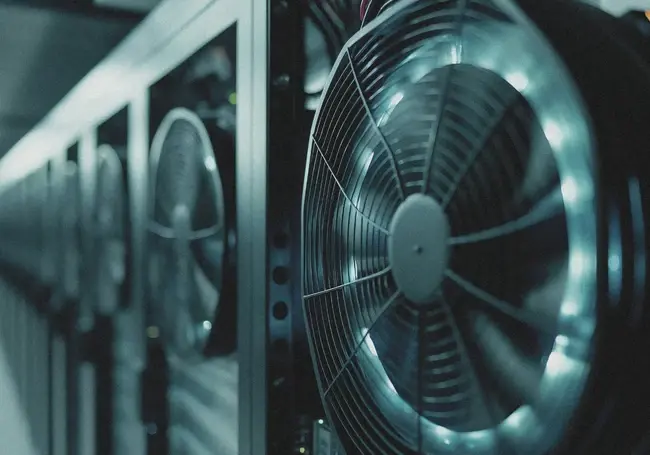While several big tech companies are turning to liquid cooling to cool their data centre systems, a startup proposed a hot water technique to minimise data centres' carbon footprint.
Nexalus, an Ireland-based company developed systems that integrate with excessive heat-producing electronics, to cool, capture and reuse this thermal energy, while also increasing efficiency and reducing costs.
In recent years, the vast adoption of AI boomed demand for data centres which led to an exorbitant increase in carbon emissions.
According to The Guardian, emissions from in-house data centres of Google, Microsoft, Meta and Apple maybe 7.62 times higher than official figures.
“From 2020 to 2022 the real emissions from the “in-house” or company-owned data centres of Google, Microsoft, Meta and Apple are probably about 662% – or 7.62 times – higher than officially reported,” The Guardian analysis revealed.
With the demand for data centres rising immensely, companies are coming up with solutions to tackle the carbon footprint of data centres.
One such company, Nexalus has adopted the concept of direct-to-chip liquid cooling, where heat sinks atop CPUs and GPUs are integrated into a plumbing system to allow efficient coolant circulation.
Also Read: Solution Overview: What is FlexAnywhere by Flexential?

What is direct-to-chip-liquid cooling (DTC)?
Direct-to-chip liquid cooling (DTC) is a type of cooling technology that optimises liquid to remove heat from high-performance computing systems.
Unlike conventional systems that use air to cool computer chips, DTC uses a certain kind of liquid directly over the surface of the chip. This chip then absorbs heat more effectively which boosts higher performance in contrast to conventional air cooling systems.
It also consumes less energy and reduces noise in data centres, unlike traditional air computing cooling systems.
How does Nexalus's heat-based liquid cooling work?
Nexalus developed a new water-based cooling system for data centres, aiming to reduce energy consumption and greenhouse gas emissions.

In contrast to conventional cooling systems that use fans to air over the chip, Nexalus's technology sprays tiny jets of water directly onto the hottest parts of the chip. This direct contact with water cools the chip much more efficiently.
“First, we reconceived liquid cooling of high-powered server processors,” the Irish startup stated.
“With the server as the design foundation, our patented 1U dual-plenum, water-cooled heat exchanger emerged - engineered to focus high-impact-velocity-microjets exactly where needed.”
The Microjet of water to cool the computing system is extremely intense despite requiring low flow rates and pressure.
Water is controlled very precisely to ensure it reaches only the hottest spots. As a result, less water is used at low pressure to cool the computing chips in data centres.
CTO Tony Robinson says that the firm can tailor the microjet to different chips.
This approach reduces the energy consumption and environmental impact of data centres.
Nexalus's approach also cools the less powerful parts of computing servers using air. A system was developed that uses air-to-water heat exchangers to circulate cool air and recover heat from the smaller components within the 1U server form.
In the last step, the Nexalus approach allows servers to be stacked to maximum capacity within the rack. All of the heat is recovered in this cooling system.
The stand-alone sealed modular racks are plug-and-play, into an immensely simplified data centre cooling and heat recovery infrastructure according to the startup.
“We’re not saying we give people power, but we open up more power,” Ken O’Mahoney, Nexalus’s co-founder and CEO, told TechCrunch.
“If a house that gets hot water from us is not using the electrical system to heat their water, the grid itself now has more power to distribute.”
Nexalus believes it can cut electricity consumption by 35%, its CEO told TechCrunch.
Also Read: The Top 10 Data Centre Infrastructure Management Solutions for 2020







Comments ( 0 )